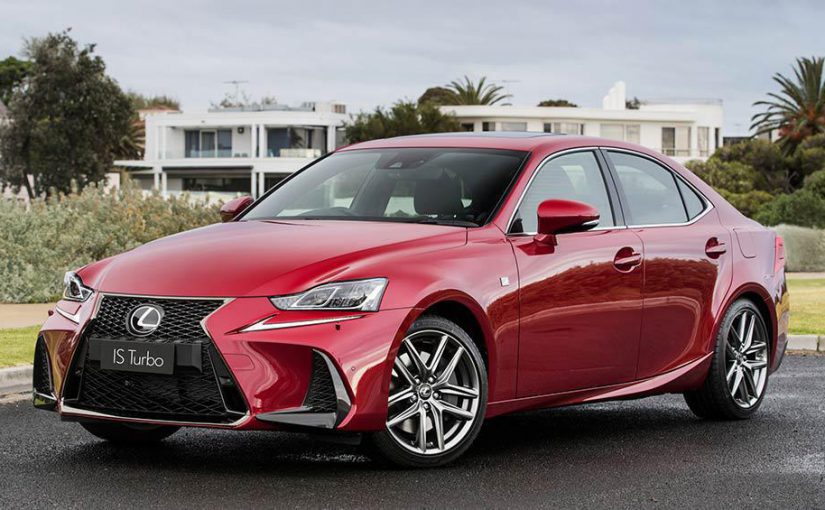Photo Gallery
In June, Toyota sold 22,292 Priuses in Japan, while selling only 12,998 units of the Toyota Prius in the US.
Sales of the Prius in Japan, when combined with Honda’s 8,782 sales of the fresh Honda Insight, were enough for Japan to become the fattest market for gas-electric hybrid cars in the world. June sales of hybrids in the US totaled 26,205 units.
“We’re eyeing the right combination of factors in the Japanese market: fresh product, government incentives, and gas prices in the $Four.50 a gallon range,” said Reid Heffner, an alternative transportation analyst at Booz Allen Hamilton, in an interview with HybridCars.com. “Excitement about fresh hybrid products like the Insight and Prius will eventually subside, but the Japanese government has created the right mix of policy measures—including a tax exemption for hybrids and a substantially higher levy on gasoline than in the US—that give hybrids a durable financial advantage over conventional vehicles.”
US hybrid sales were up in June for the sixth consecutive month, exceeding three percent of the fresh car market. With the Japanese overall annual car market forecast at just below five million vehicles, this month’s tally of more than 30,000 hybrid sales means that approximately eight percent of fresh car sales in Japan were hybrids in June.
Last month, Yoshiaki Kawano, an analyst at auto consulting company CSM Worldwide in Tokyo, told Reuters, “Tax incentives are undoubtedly boosting purchases.” Customers ordering a Prius in Japan must wait close to seven months for delivery. In order to meet high request, Toyota moved workers from various factory locations to its Tsutsumi, Aichi facility, which builds the Prius. Additionally, work shifts have implemented overtime in order to produce 50,000 Priuses a month.
Data from R.L. Polk & Co., which tracks fresh car registrations, exposes that in 2006, Japan sold only one hybrid for every Four.Trio sold in the US. In the very first two months of 2009, the ratio was cut in half. In June, early reporting of sales figures indicates that Japan is selling more hybrids than the US.
US government policy toward incentives for fuel-efficient cars has almost entirely shifted toward next-generation plug-in cars—not available until at least late 2010—while overlooking hybrids presently on the market and avoiding enhanced taxes on gasoline.
Tougher efficiency standards, larger investments, and thicker incentives in other Asian countries—most notably South Korea and China—could mean even more competition in the global race to greener cars. The South Korean Presidential Committee on Green Growth announced today that by 2015, automakers will need to increase average fresh vehicle fuel economy to forty mpg, affecting thirty percent of vehicles by 2012, ramping up to all cars by 2015. Fresh US fuel economy standards require cars and trucks to average 35.Five mpg by 2016.
SAIC Motor, China’s largest car manufacturer announced today that it will invest $1.7 billion over the next 3-5 years to develop “new energy vehicles”—and more than $300 million to commercialize advanced fuel-efficient cars this year.

No comments